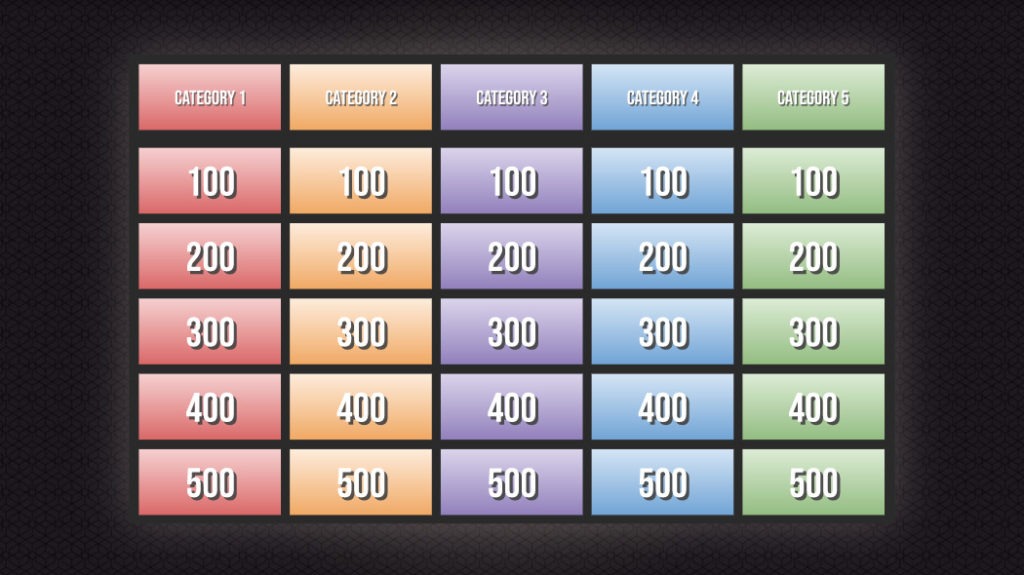
The concept of a teaching persona is an interesting one. A “persona” is an aspect of identity that individuals apply in different situations. A teaching persona is a signal of who we are as teachers to students. Carrol (2002) describes an online persona as the professional “self” put forth when we deal with students, personal style, and in-class presence. Clark (2012) suggests that online personas “are the social identities that people create for themselves in online communities and on websites” (para. 1). Thus, an online teaching persona can be thought of as the social identity or presence we create when we teach students in online environments.
Some educators believe that we “put on” our personas as teachers, while others believe that we should avoid doing so and instead be our natural selves in the classroom. At the K Patricia Cross Academy, we think it is most likely that there are both intentional and unintentional aspects of our teaching personas.
There are some things about ourselves that we don’t change, for example, our ages or physiques. We do, however, make decisions about the level of formality we will use, how we will ask students to address us, and so forth that signal our personalities in many ways. We also convey our personas based upon the choices we make, even prior to entering the classroom, for example by our decisions about what to wear, what we carry with us, and so forth. Our choices send a message to students about who we are as teachers and about how they are to engage with us.

When we teach online, conveying our personas requires additional thought and effort. We no longer have built-in physical markers, such as appearance, dress, and non-verbal gestures so we have to find new ways of communicating persona. We choose the “virtual” person that the students will know and respond to. There are both philosophical and practical choices we make when developing an online teaching persona, and these differ from the ones we make when we teach onsite.
When we teach online, we have to be more intentional about sharing information about ourselves and about which information we will share. We decide, for example, whether to display a picture of ourselves or an avatar and if so, which. We have to make decisions about what personal information to put out there for students. We have to choose whether or not we want them to see and hear us. How can we make deliberate choices when creating our personas? How can we share who we are or want to be as teachers? How can we appear “natural” in a virtual environment?
Make Information about Yourself Available within the Course
Many Learning Management Systems offer the ability to create a profile. They provide ways to include the selected teacher name, a short bio, a description of interests, upload pictures, favorite links, and so forth. These features can be useful for allowing instructors to present information about ourselves to students. It also can be useful for instructors to create an electronic portfolio/personal website to accompany the course site, which can prove efficient when teaching multiple courses. Sharing information can allow us to showcase what we believe is important as well as to highlight our accomplishments. Following are suggestions that you can use to develop and deliver your online teaching persona.

Build in Information about You into the Course Site
In an online course, you choose what information students see and what information they don’t see. Consider including the following information into your Learning Management System or other course site:
- Instructor photograph and contact information
- Instructor bio
- Instructor avatar—photo or graphic representation
- Teaching philosophy or description of your rationale for the instructional methods in the course
Communicate with Students in the Course Regularly
Instructors have to make a conscious effort toward instructor presence, which is the visibility of the instructor as perceived by the learners. It is the learner’s sense that the instructor is “there,” that there is a real person with whom they are interacting. Instructor immediacy appears directly related to interaction, e.g. the amount of contact through email, discussion, postings, or other. Entering the course regularly and communicating with students frequently is essential to establishing a sense of being there. Making connections with a faculty member can help students understand that there’s a real person there and can also make interactions more personal. Following are suggestions that you can use to communicate your online teaching persona:
- Welcome e-mail
- Discussion facilitation
- Virtual office hours
- Module intro or content videos
- Daily or weekly announcements
- Optional synchronous meetings
- Feedback on assignments or assessments

Choose Instructional Activities Where You are Visible and Involved
While many educators argue that the teacher should step away from the role of “sage on the stage,” and we agree with this, we also note that it is easy to become invisible as a teacher in an online course. Even if you designed the course, it can feel like you are absent and that you have put the course into “set it and forget it” mode if you don’t figure out how to be actively involved in the students’ learning activities. Simply choosing methods where you are involved in facilitating can help students feel your presence. Consider the following techniques:
Translate That!
In Translate That!, you pause your lecture and call on a student at random to “translate” the information you just provided into plain English for an imagined audience that you specify.
View main video here: View Technique →
View online adaptation here:
Team Jeopardy
Team Jeopardy is a game in which student teams take turns selecting a square from a grid that is organized vertically by category and horizontally by difficulty. Each square shows the number of points the team can earn if they answer a question correctly, and more challenging questions have the potential to earn more points.



View main video here: View Technique →
View example slides here: Google Slides | PowerPoint
View online adaptation here:
Developing and maintaining a recognizable and consistent virtual persona is not an easy task. It requires on-going effort and attention in any given course. In short, we have to continually “be there” in order to establish and communicate persona.
To sign up for our newsletter, where you will receive information about new blog posts, click here:
Reference:
Major, C. H. (2015). Teaching online and instructional change: A guide to theory, research, and practice. Baltimore, MD: Johns Hopkins University Press.
Suggested Citation
Barkley, E. F., & Major, C. H. (n.d.). Creating an engaging teaching persona online. CrossCurrents. https://kpcrossacademy.org/creating-a-teaching-persona-online/

Engaged Teaching
A Handbook for College Faculty
Available now, Engaged Teaching: A Handbook for College Faculty provides college faculty with a dynamic model of what it means to be an engaged teacher and offers practical strategies and techniques for putting the model into practice.





